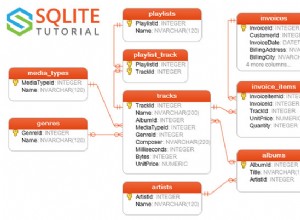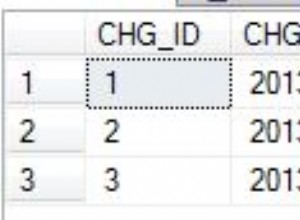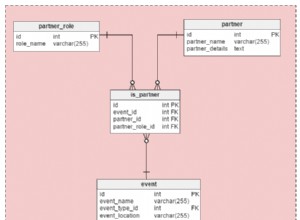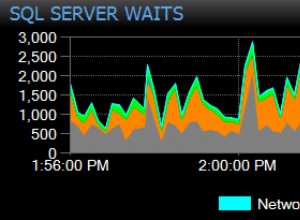C'era "postgres temporale" (google it) ma non so se è ancora mantenuto ... Credo che ci fosse una discussione sull'inclusione di questo tipo di ricerca in postgres ma non ricordo lo stato finale. Comunque :
Esempio usando box and gist :
CREATE TABLE segments( start INTEGER NOT NULL, stop INTEGER NOT NULL, range_box BOX NOT NULL );
INSERT INTO segments SELECT n,n+1,BOX(POINT(n,-1),POINT(n+1,1)) FROM generate_series( 1, 1000000 ) n;
CREATE INDEX segments_box ON segments USING gist( range_box );
CREATE INDEX segments_start ON segments(start);
CREATE INDEX segments_stop ON segments(stop);
EXPLAIN ANALYZE SELECT * FROM segments WHERE 300000 BETWEEN start AND stop;
Index Scan using segments_start on segments (cost=0.00..12959.24 rows=209597 width=72) (actual time=91.990..91.990 rows=2 loops=1)
Index Cond: (300000 >= start)
Filter: (300000 <= stop)
Total runtime: 92.023 ms
EXPLAIN ANALYZE SELECT * FROM segments WHERE range_box && '(300000,0,300000,0)'::BOX;
Bitmap Heap Scan on segments (cost=283.49..9740.27 rows=5000 width=72) (actual time=0.036..0.037 rows=2 loops=1)
Recheck Cond: (range_box && '(300000,0),(300000,0)'::box)
-> Bitmap Index Scan on segments_box (cost=0.00..282.24 rows=5000 width=0) (actual time=0.032..0.032 rows=2 loops=1)
Index Cond: (range_box && '(300000,0),(300000,0)'::box)
Total runtime: 0.064 ms
Come puoi vedere, l'indice gist è ridicolmente veloce qui (1500 volte! lol) (e puoi usare molti operatori come sovrapposizioni, è contenuto, contiene, ecc.
http://www.postgresql.org/docs/8.2/static/functions-geometry.html




